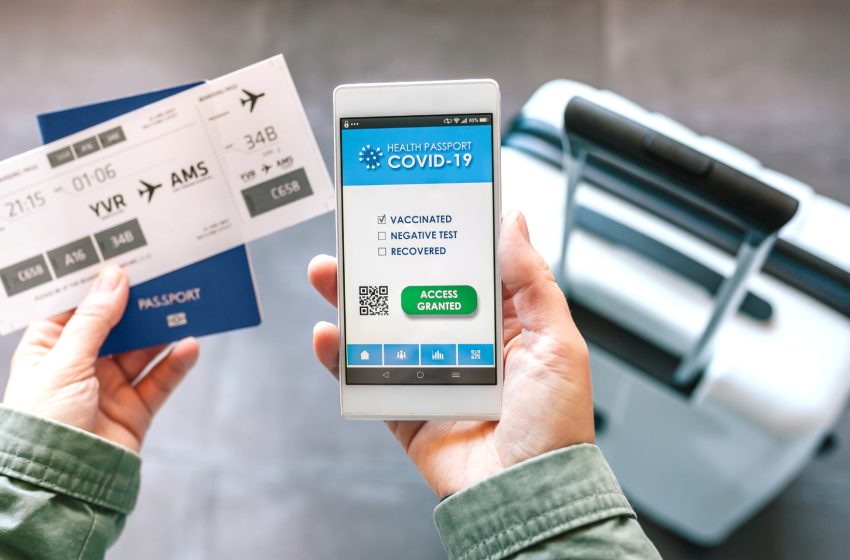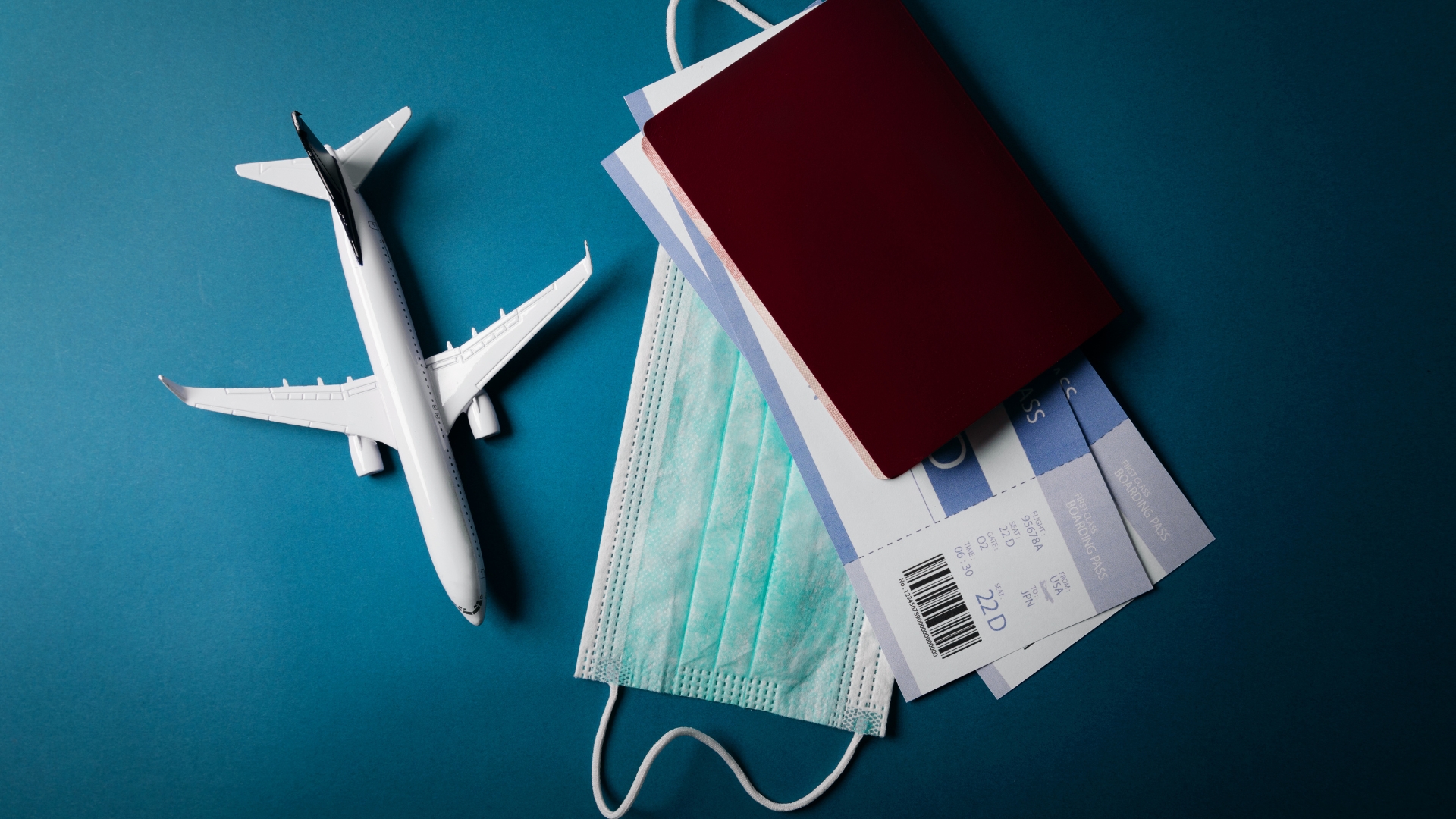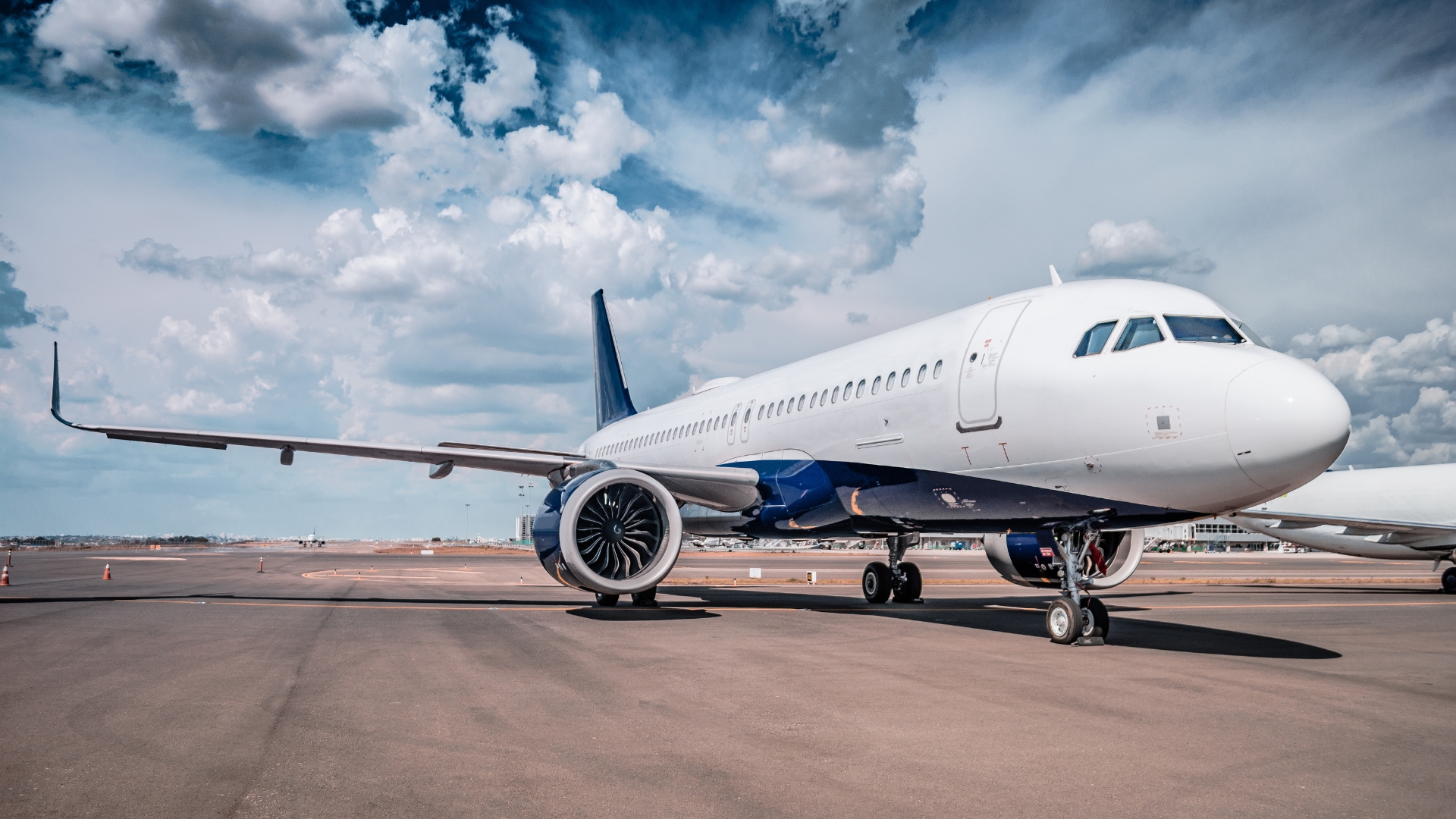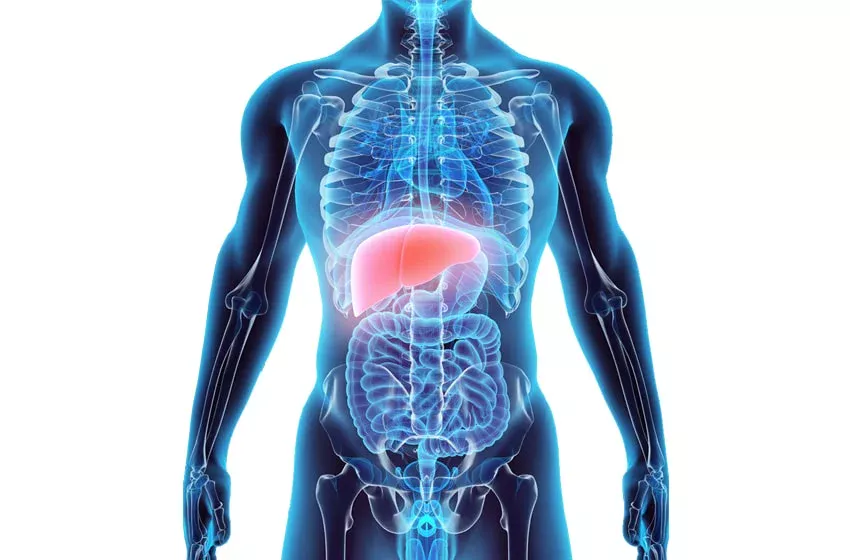
Navigating the Turbulence: Challenges Faced by the Aviation Industry Due to COVID-19 and Innovations Post-Pandemic
The COVID-19 pandemic has had a profound impact on industries worldwide, and the aviation sector is no exception. With travel restrictions, plummeting demand, and health concerns, the aviation industry faced unprecedented challenges. However, amidst adversity, innovation has emerged as a driving force for recovery and adaptation. In this article, we will explore the challenges faced by the aviation industry during the pandemic and the innovations that have reshaped the industry in the post-pandemic era.
Challenges Faced by the Aviation Industry Due to COVID-19:
1. Plummeting Demand: Travel restrictions, lockdowns, and fear of the virus led to a dramatic decrease in passenger demand. Airlines struggled to cope with empty flights and financial losses, leading to layoffs, furloughs, and even bankruptcies.
2. Health and Safety Measures: Ensuring passenger safety became paramount. Implementing rigorous health and safety protocols, such as mandatory masks, enhanced cleaning procedures, and social distancing, added operational complexities and increased costs for airlines.
3. Travel Restrictions and Border Closures: Governments imposed various travel restrictions and border closures to contain the spread of the virus. This severely impacted international travel, leaving airlines with limited routes and disrupted supply chains.
4. Financial Strain: The sudden drop in revenue put immense financial strain on airlines, impacting their ability to meet fixed costs, such as aircraft maintenance, lease payments, and employee salaries.
5. Shift in Consumer Behaviour: Fear and uncertainty changed consumer behaviour, leading to a decrease in leisure and business travel. Travelers became more cautious and selective, impacting the industry’s recovery.
Related Post: Migraine Causes, Symptoms, Duration and Treatment – Mass Umbrella

Innovations and Adaptations in the Post-Pandemic Era:
1. Digital Transformation: The aviation industry accelerated its digital transformation efforts, adopting contactless technologies, mobile apps, and self-service solutions. Digital platforms enabled touchless check-ins, electronic boarding passes, and seamless travel experiences, reducing physical interactions and enhancing efficiency.
2. Health Passports and Contact Tracing: The introduction of health passports and contact tracing applications facilitated safer travel. These digital tools provided verified health information, including vaccination records and test results, enabling authorities to monitor and manage the spread of the virus effectively.
3. Enhanced Safety Measures: Airlines and airports implemented advanced safety measures, including improved air filtration systems, sanitization procedures, and the use of antimicrobial materials. These measures reassured travellers and restored confidence in air travel.
4. Flexibility and Adaptability: Airlines introduced flexible booking policies, allowing passengers to change or cancel flights without penalty. This enhanced flexibility enabled travelers to plan their trips with greater confidence, mitigating concerns about sudden changes or cancellations.
5. Sustainable Aviation: The pandemic created an opportunity for the industry to re-evaluate its environmental impact. Airlines focused on sustainable practices, including fuel-efficient operations, investments in electric and hybrid aircraft, and the promotion of carbon offset programs.
6. Remote Operations and Automation: Remote working and virtual collaboration became integral to airline operations. Enhanced automation in areas such as baggage handling, passenger check-in, and aircraft maintenance reduced the need for physical interactions and improved efficiency.
7. New Business Models: The crisis prompted airlines to explore new revenue streams and business models. Some airlines shifted to cargo operations, repurposing passenger aircraft for freight transport. Others explored partnerships, joint ventures, and new market segments to diversify their revenue sources.

Conclusion:
The COVID-19 pandemic posed unprecedented challenges to the aviation industry, impacting all aspects of air travel. However, the industry responded with resilience and innovation. The adoption of digital technologies, the implementation of stringent health and safety measures, and the exploration of sustainable practices have reshaped the industry in the post-pandemic era.















